
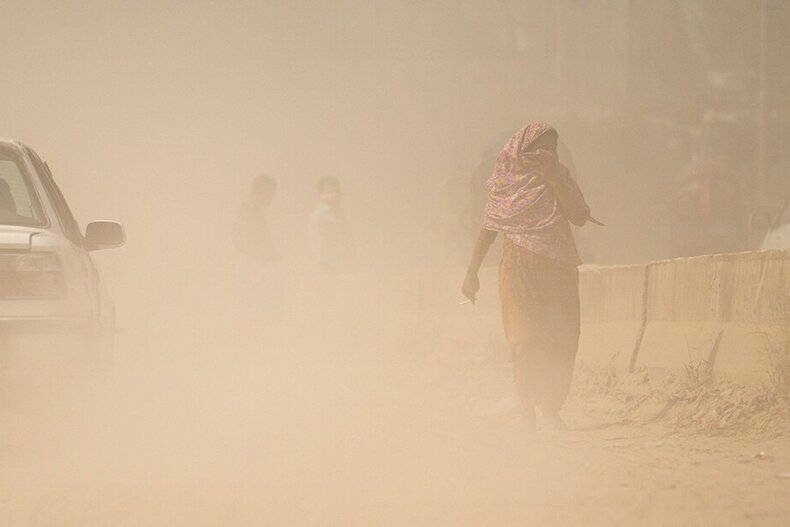
Sand and dust storms (SDS) are a rising environmental threat, jeopardizing sustainable development across all aspects – economic, social, medical, and environmental.
An estimated 330 million people worldwide face the devastating effects of colossal dust walls that transport billions of tons of particles each year, harming the environment, human health, agriculture, and livelihoods.
While SDS are a natural phenomenon, their frequency and intensity are demonstrably worsening due to human actions like unsustainable land management and climate change.
Yet, why this issue is so great today?
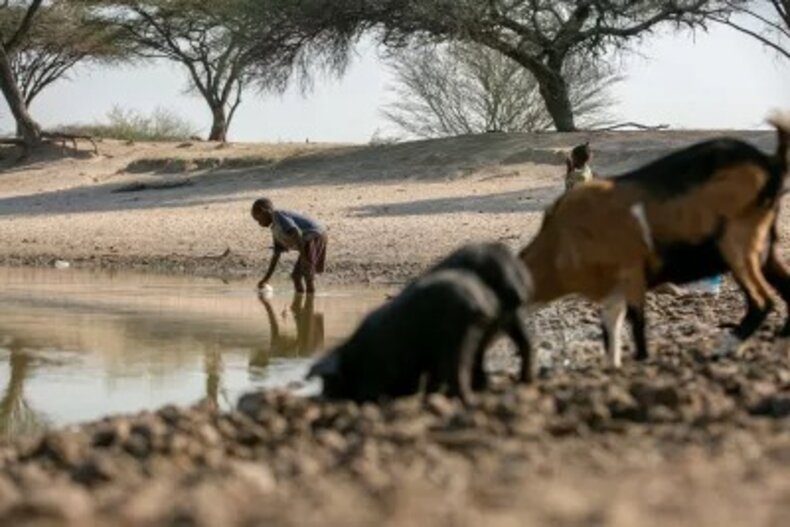
Each year, an estimated 2 million tonnes of dust are lifted into the atmosphere by SDS. This dust travels vast distances, impacting regions far beyond the storm's origin.
For instance, dust storms originating in the Sahara can traverse the Atlantic Ocean, affecting air quality and weather patterns in the Caribbean and even North America.
The health effects of SDS are particularly concerning. Dust irritates eyes and skin, increases the risk of respiratory illnesses like asthma and chronic obstructive pulmonary disease (COPD) by up to 40%, and can worsen heart problems.
Studies even suggest a link between prenatal exposure to dust storms and lower birth weight and cognitive development in children.
Agricultural productivity suffers as crops are buried or damaged by dust, leading to potential food insecurity, especially in vulnerable regions already facing challenges. Dust storms also contribute to desertification, a process that degrades fertile land into barren wastelands, further expanding the problem.
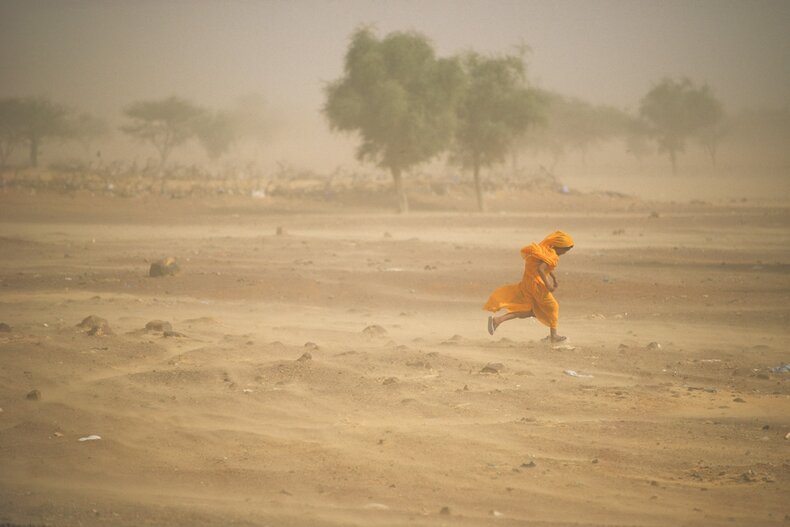
At least 25% of global dust emissions are directly linked to human activities.
Unsustainable land management practices, such as deforestation, overgrazing, and intensive agriculture, leave the soil exposed and vulnerable to erosion by strong winds.
These winds then pick up loose particles, creating massive dust storms.
The major sources of SDS include deserts in Africa, the Middle East, Central Asia, and China, which contribute significantly to the global dust burden. While less significant, dust storms also originate in Australia, America, and South Africa.
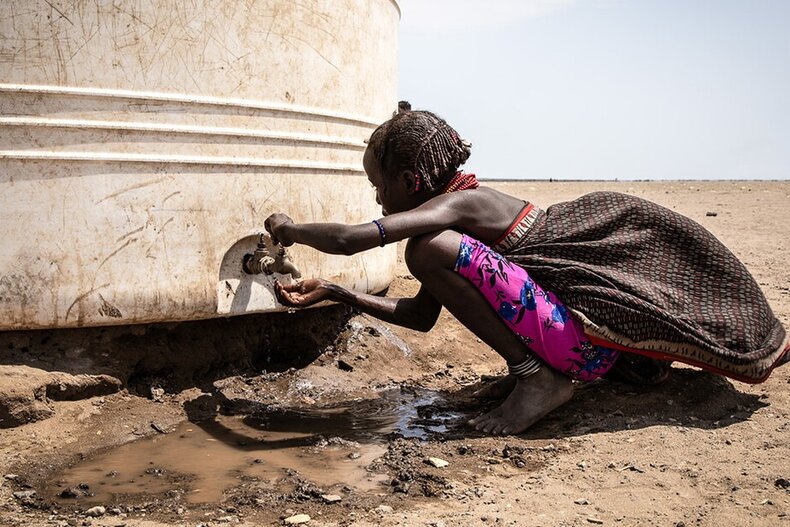
Climate change, with its rising temperatures and altered precipitation patterns, acts as a catalyst for more frequent and intense SDS.
Droughts caused by climate change dry out already vulnerable lands, creating more loose particles susceptible to wind erosion. Additionally, changes in wind patterns can intensify existing dust storms and alter their trajectories.
This creates a vicious cycle, as more frequent and intense dust storms further contribute to climate change by affecting weather systems and air quality.
Dust storms can reduce solar radiation reaching the Earth's surface, while also acting as tiny atmospheric mirrors reflecting sunlight into space, both of which can disrupt weather patterns.
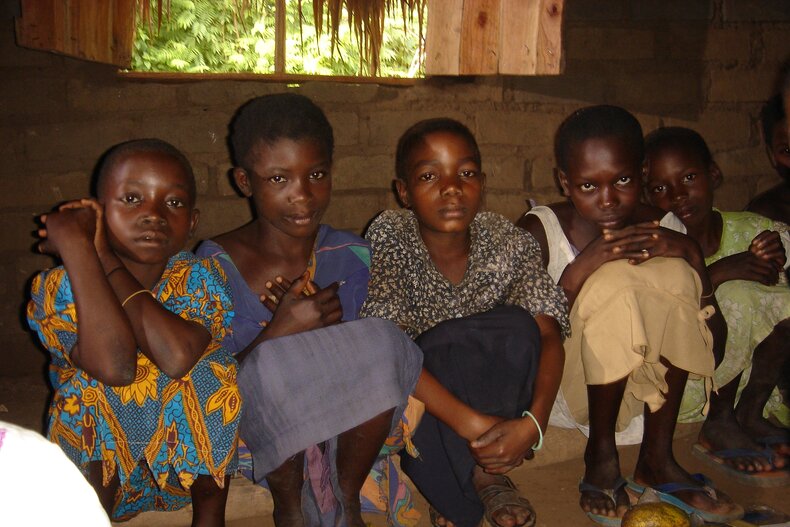
Children are especially vulnerable to the health impacts of SDS. Their developing lungs are easily irritated by dust particles, leading to respiratory problems and worsening existing conditions like asthma.
Studies have shown a 40% increase in childhood asthma hospital admissions following dust storms. Dust storms can also carry germs, increasing the risk of infections like pneumonia, a leading cause of childhood mortality in many regions.
According to a study published in Environmental Health Perspectives, growing evidence prenatal exposure to dust storms can even affect children's cognitive development in terms of areas like math and language skills.
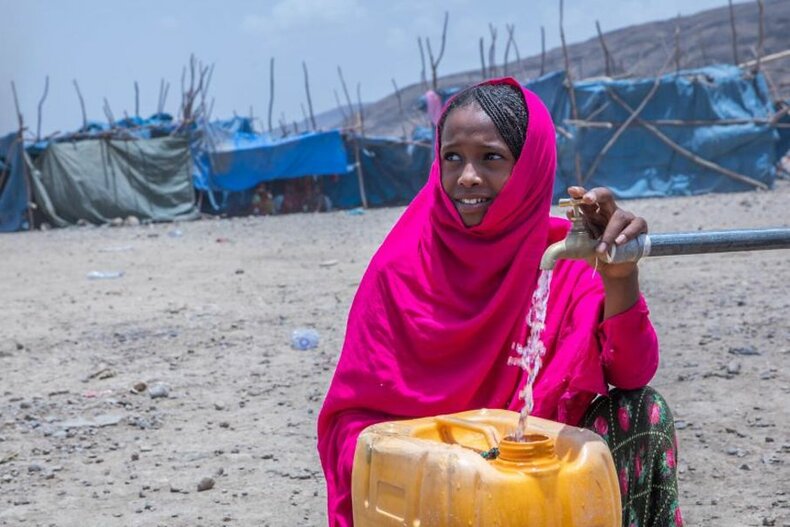
Associated Press on July 10th informed, that while recognizing the gravity of the situation, the UN declared the period between 2025 and 2034 as the Decade of Combating Sand and Dust Storms.
This initiative aims to foster international and regional cooperation to mitigate the negative effects of these storms.
The UN Convention to Combat Desertification (UNCCD) has launched a coalition to address SDS. This coalition works to promote sustainable land and water management practices, such as reforestation programs and the creation of shelterbelts (rows of trees that act as wind barriers), to reduce dust sources.
Additionally, the coalition focuses on early warning systems and raising awareness about SDS risks and mitigation strategies.
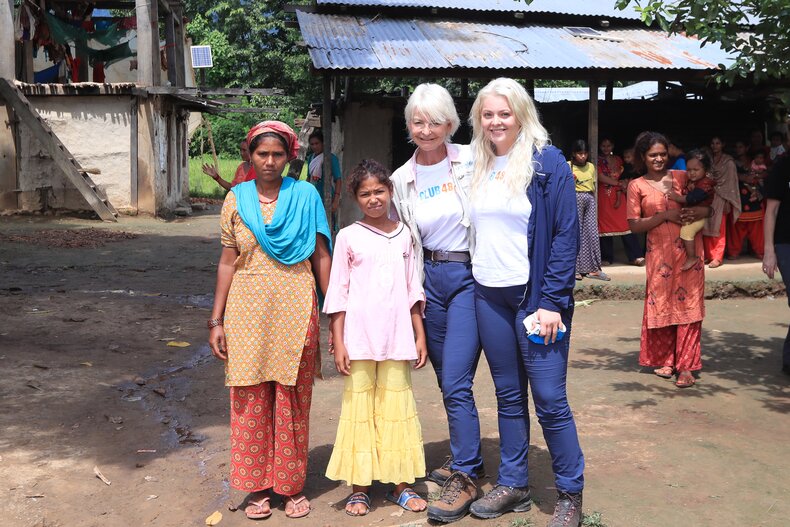
While international cooperation is crucial, individuals and communities can also play a role in combating SDS.
Sustainable land management practices, such as planting trees and using cover crops, can help stabilize soil and reduce wind erosion.
Supporting organizations working on desertification and dust storm mitigation efforts is another way to contribute to the solution.
“By raising awareness about the issue and advocating for policies that promote sustainable land management practices, we can all play a part in mitigating the threat of sand and dust storms and protecting our planet's health,” underlines Ann Kathrin Linsenhoff.
Yours
sincerely

